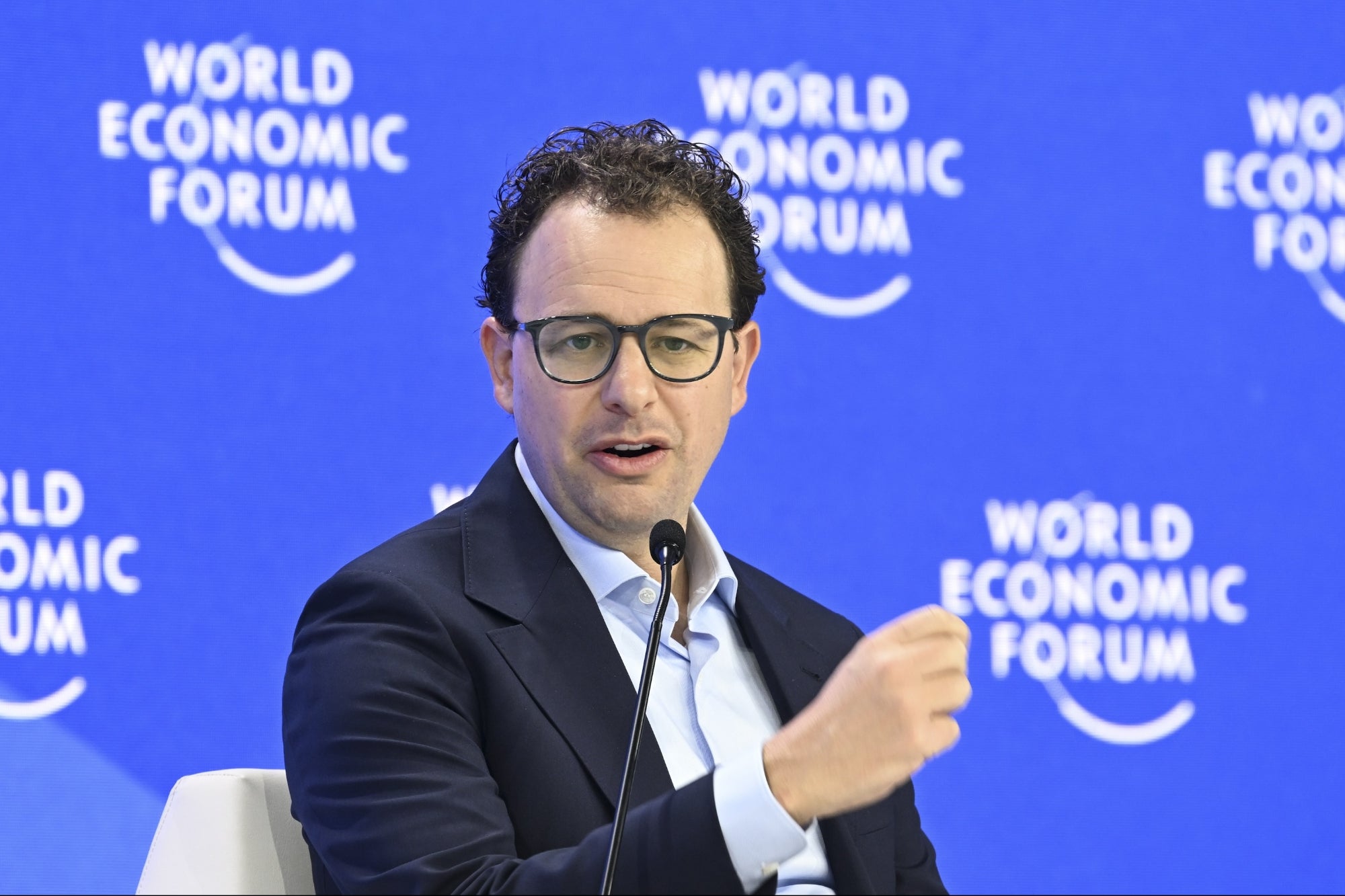How Much Should You Spend on Social Media Marketing? It's a valuable tool, but don't forget about these other (sometimes free!) ways to reach your clients.
This story appears in the July 2019 issue of BIZ Experiences. Subscribe »

Q: When it comes to customer acquisition, how important is paid social media compared with other digital channels? -- John L., Houston
Social media has created a beautiful opportunity for BIZ Experiencess: It's never been easier to get your message in front of hundreds, thousands, or even millions of people. But if you want to reach all those people, it's going to cost a lot.
It's a simple case of supply and demand, and social media platforms are limiting the supply. Organic reach -- that is, your ability to speak directly to the audience that chooses to follow and interact with your business -- has dwindled to almost nothing. On Facebook, for example, organic reach touches less than 5 percent of your audience on average. Facebook simply doesn't show your posts to most of your followers … unless you pay for the privilege. That's one of the reasons why advertising inside social media has become increasingly expensive, as brands outbid each other in a competition for users' attention.
Related: The 5 Things BIZ Experiencess Should Never Post on Social Media
Suddenly, social media isn't such a great deal. If you're on a budget, all of this can brutally limit your growth and acquisition opportunities.
That's not to say you should stop using digital platforms altogether. Paid social is a hotbed of marketing insight. With just a small amount of cash, you can easily test headlines, imagery, and offers on different audiences. That's valuable research. However, if your entire acquisition strategy depends on paid media, you could pay your way right out of business.
But there is another way! You just need to diversify. In the digital world, there are many ways to acquire customers: paid social, paid search, email acquisition, organic social, organic search (earning traffic through content), public relations, influencer marketing, and earned media. Start by identifying a few channels where you want to focus most of your efforts. (Ideally, at least some of those channels will not require the spend of ad dollars.) This way, you can test what's working while building an omnichannel approach that will pay off down the road.
Related: How to Get More From Your Influencer Marketing Investment
At my marketing agency, we start with data and consumer insights, then use that to support tactics that allow clients to win at SEO through organic content. (Social media may be the ultimate toy for idle hands, but Google is still a business's best friend.) Then we tie that to a strategy that makes it easy to acquire email addresses. Then we focus on paid social to amplify direct selling.
For example, we have one CPG client for whom we created 40 original articles, designed to drive traffic to its website. On the surface, this might not seem like a way to grow revenue. But within two years, those 40 articles allowed the brand to rank for more than 12,000 keywords (up from 2,000), landing in the top three Google results for nearly 400 different topics and searches.
Related: Is Your Marketing Working? You Won't Know Till You Test It
This influx of traffic made it easier than ever to directly sell on the article pages and add thousands of email addresses to the company's database, which they used for email marketing. This was a combination of smart SEO planning (knowing what keywords to target), strategy lead generation (creating pop-ups or other opt-ins to the site visitor), and positioning product offerings on specific article pages (like native ads that sold products related to the topic of a specific article). This way, the traffic was technically "free" -- and so were the added emails, which we could now upload to social media platforms and directly sell to consumers with ads based on their known interests.
If you put all your eggs in the paid basket, you underestimate and undercut the long-term growth of your brand. And when you push on all levers at the same time, you make it increasingly hard to know which acquisition channels have the highest ROI. But when you diversify and segment your strategy, the opportunity for growth can feel limitless.










